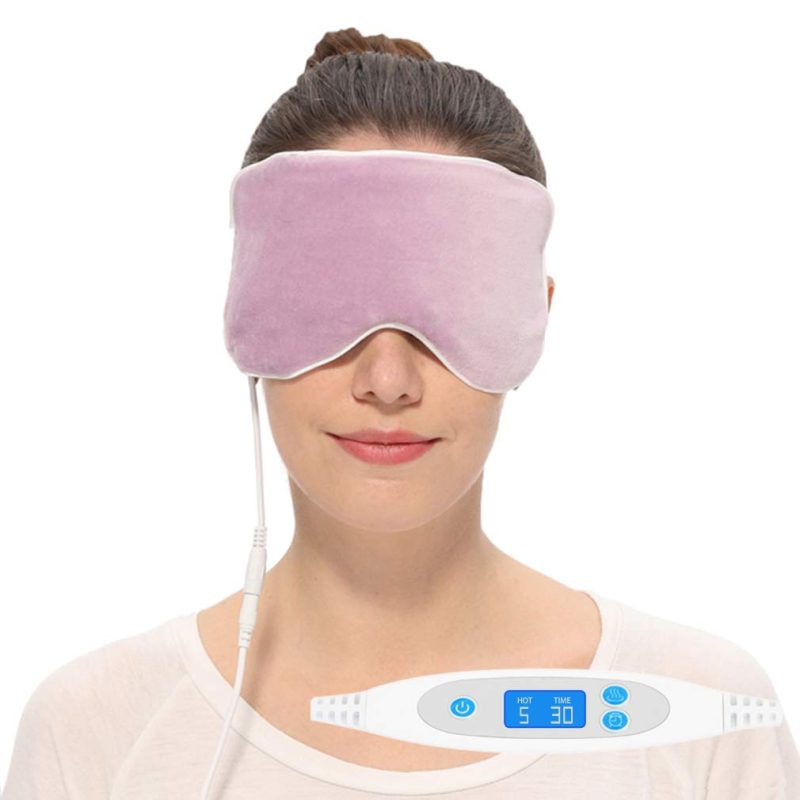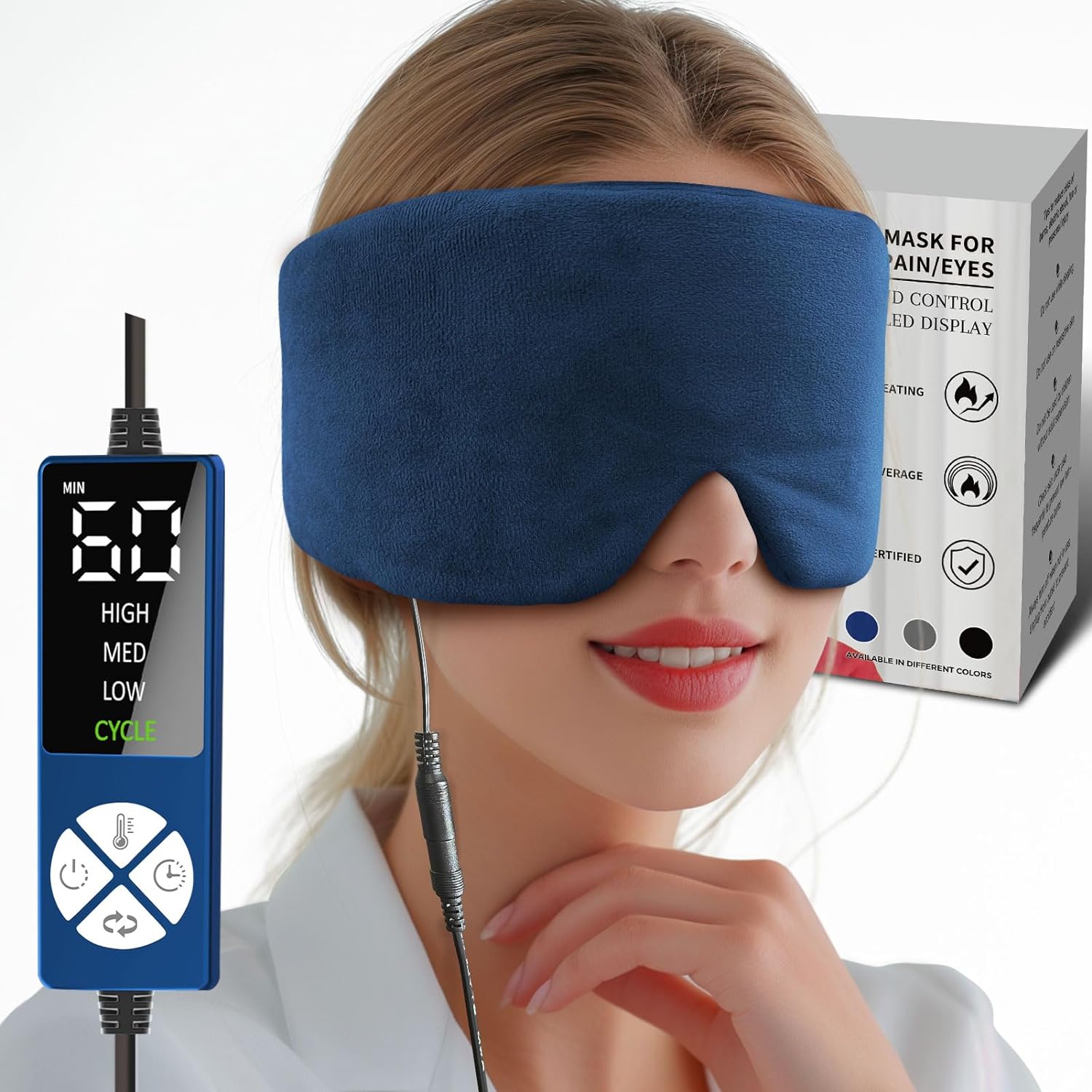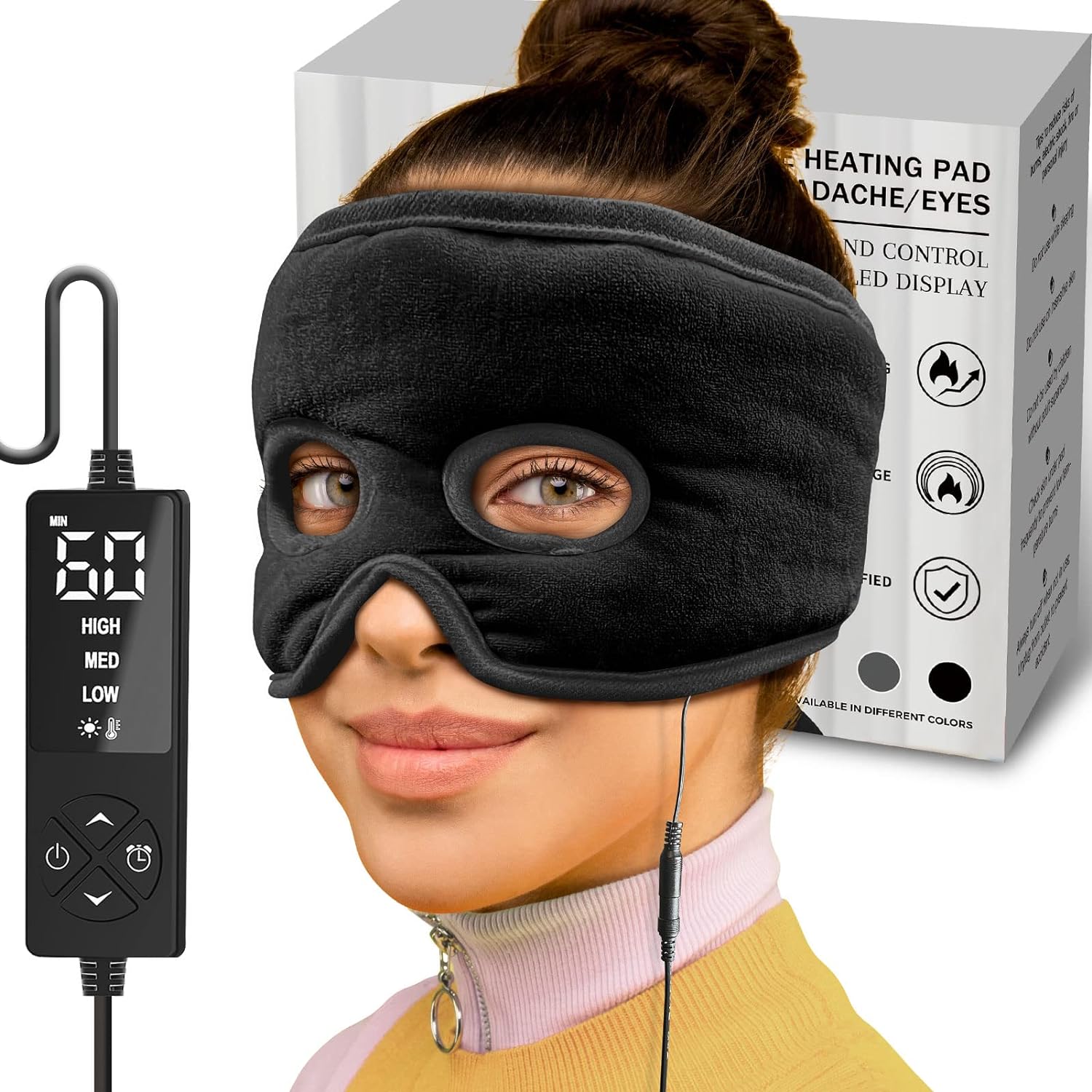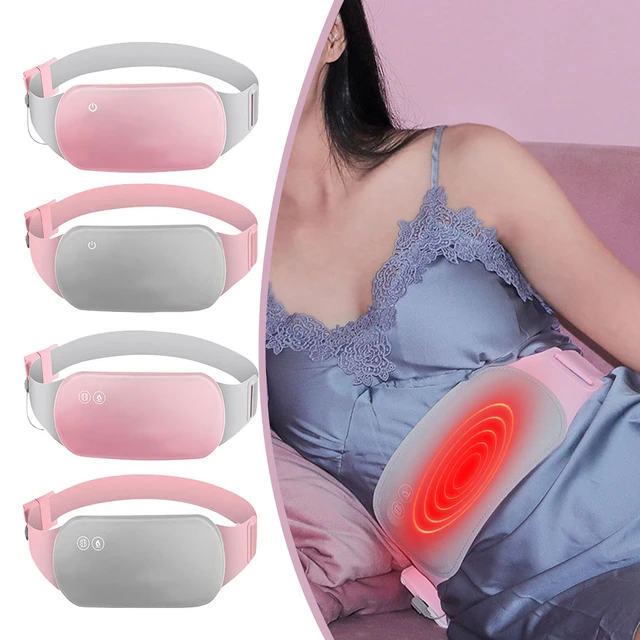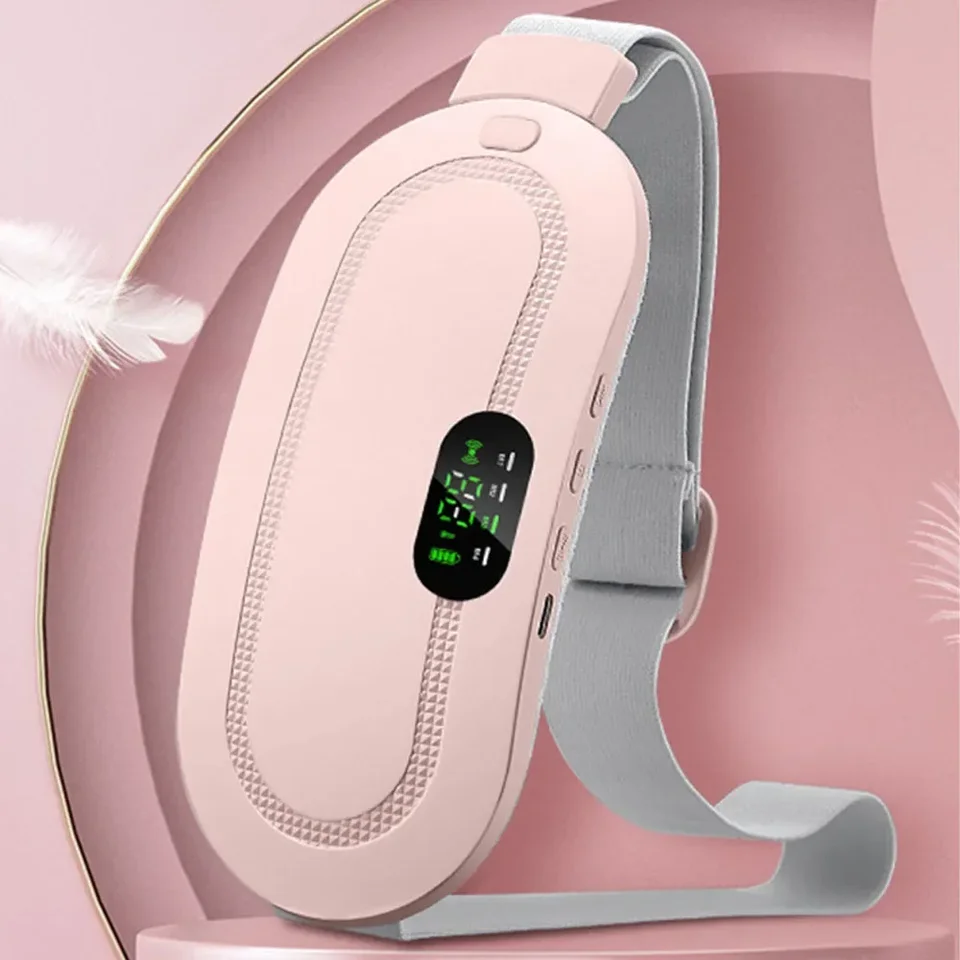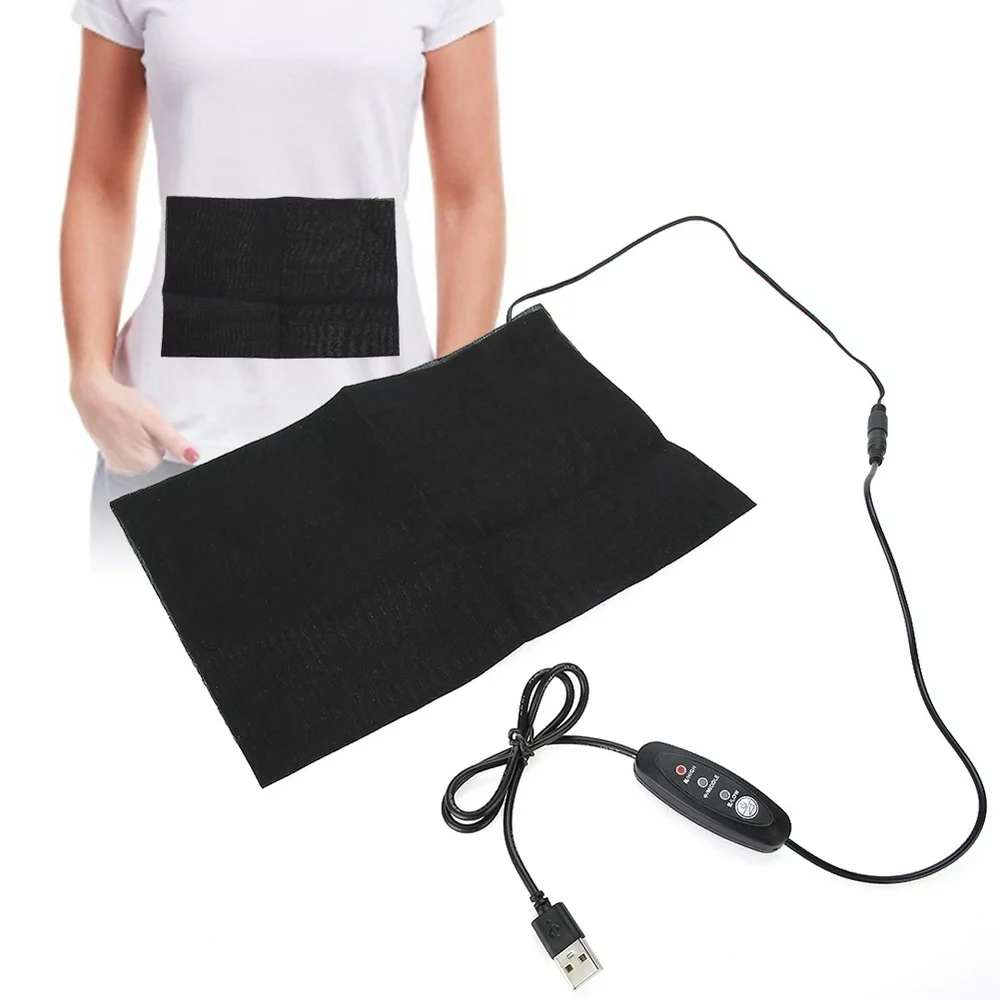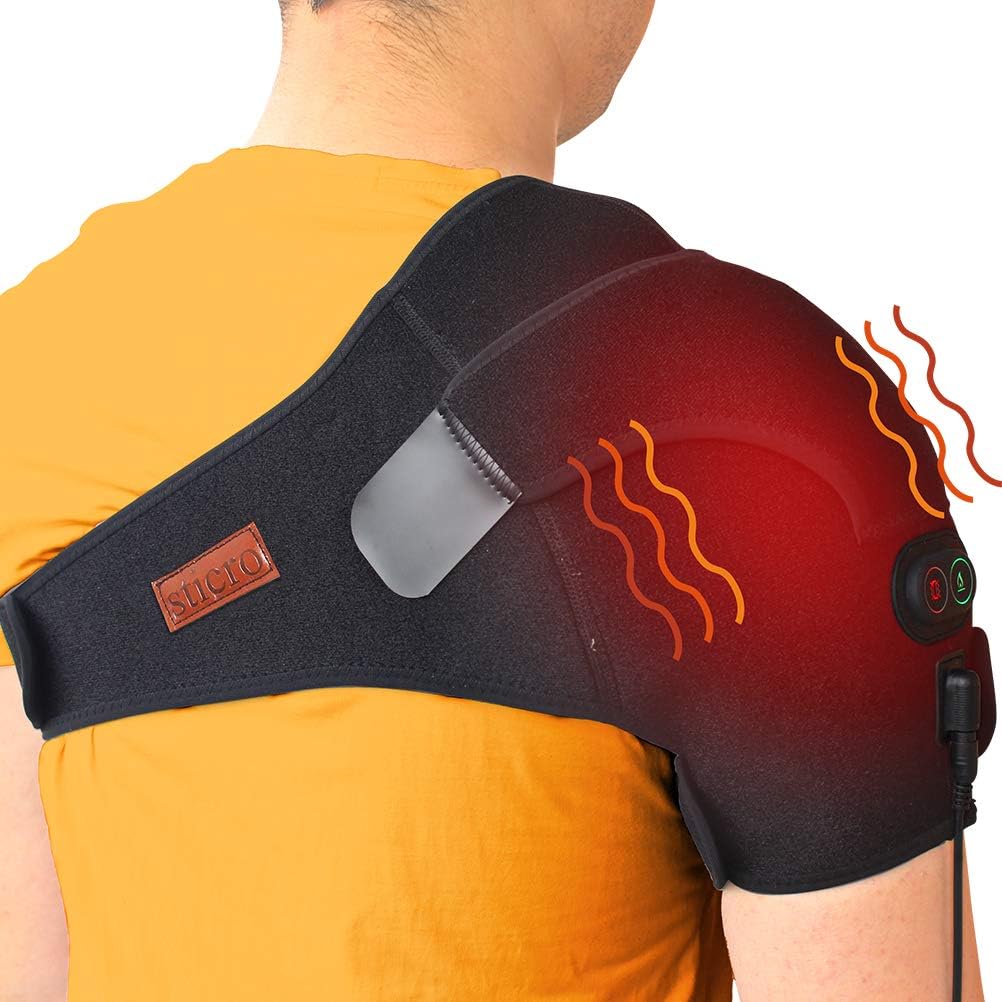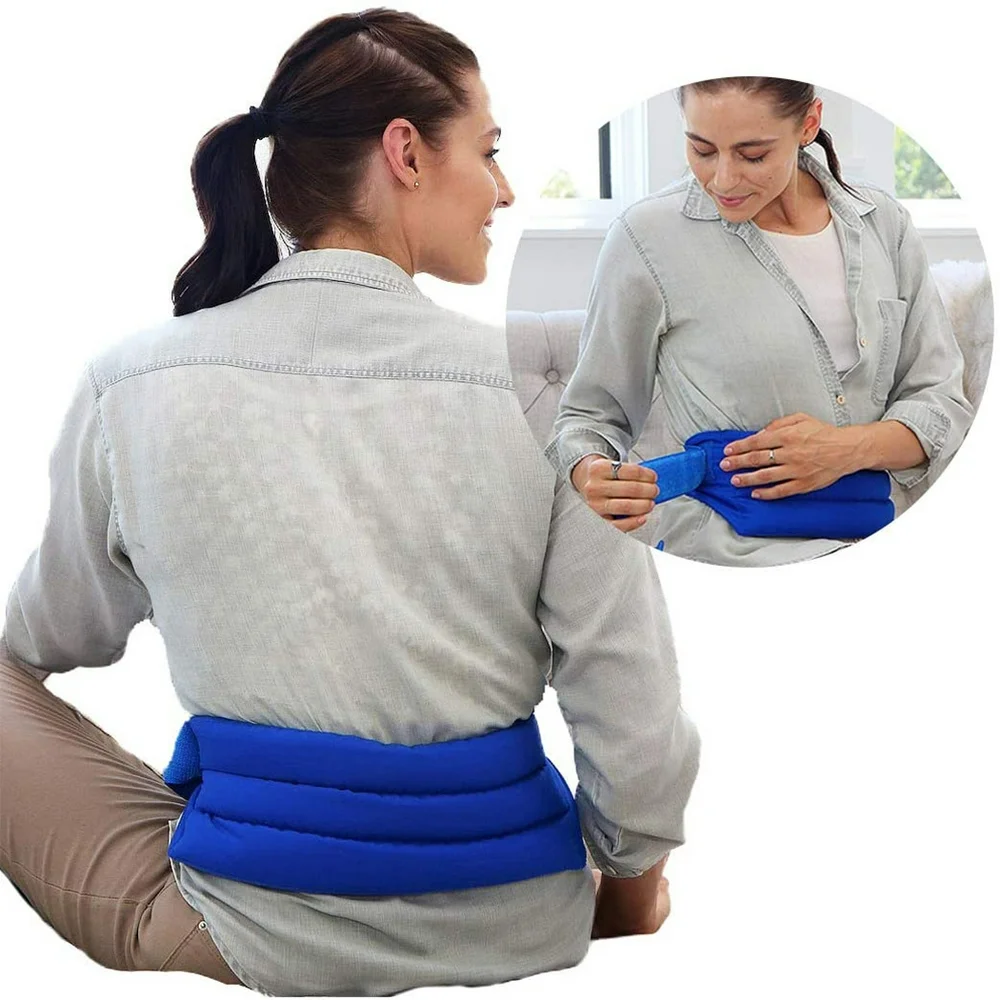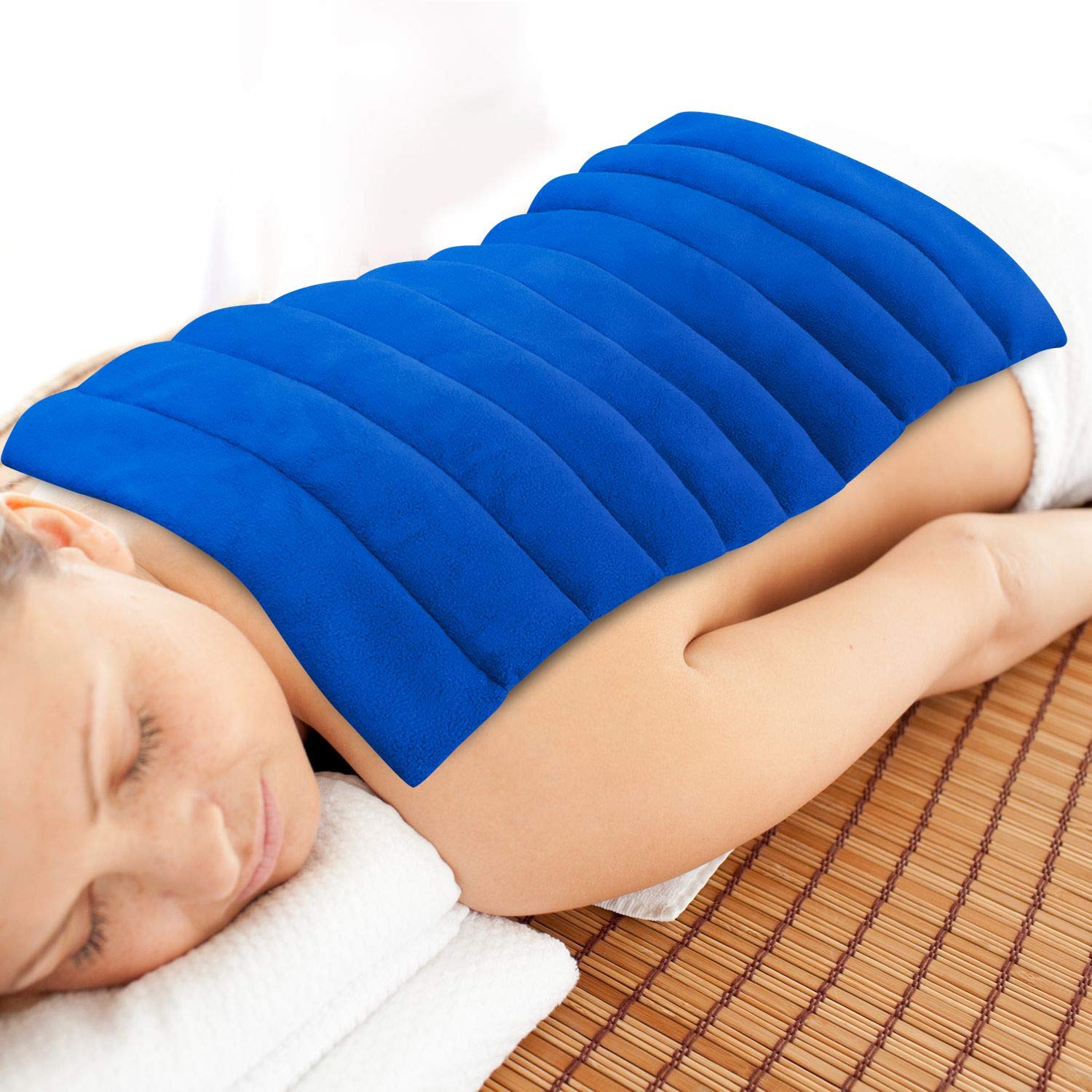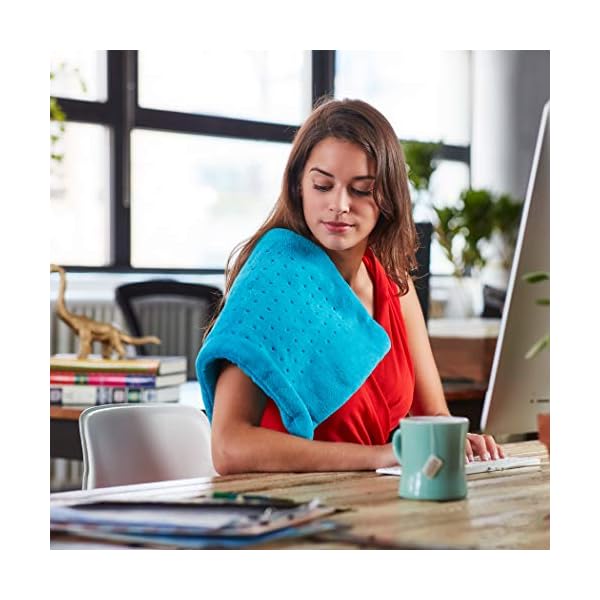Is It Safe to Sleep With a Heating Pad?
Risks of Sleeping with Heating Pads
The use of heating pads for sleep comes with clear risks. When asleep, our body’s natural defenses against heat can fail. This can raise chances of skin burns or even severe skin damage. It’s important to be aware of this risk and take proper precautions.

Burn Hazards and Skin Damage
Extended contact with high heat can harm the skin. Sleeping with a heating pad can cause burns without you even knowing. It’s because the body might not react quickly enough in sleep to the building heat. Always use a heating pad with great care to avoid this danger.
Fire and Electrical Safety Hazards
Heating pads involve electricity. This means there’s a fire risk if they malfunction or overheat. Keeping a heating pad on while sleeping raises this risk. We must be extra cautious and ensure they’re turned off before bed. Don’t place such devices under blankets or near flammable materials either.
Overheating and Disrupted Sleep
Too much warmth from a heating pad can lead to the body overheating. This can be uncomfortable and disrupt sleep quality. Overheating not only affects sleep but can also lead to dehydration and other heat-related problems. Proper usage times and heat settings can help avoid this.
Benefits of Heat Therapy
Pain Relief and Muscle Relaxation
Heat therapy aids in relieving pain and relaxing muscles. When applied, the warmth from a heating pad can ease muscle discomfort and stiffness. This makes it useful for recovery after physical exertion or to alleviate chronic aches. Always start with a lower heat setting and increase as necessary, while ensuring to never fall asleep with the device on.
Improved Blood Flow and Healing
Applying heat improves blood circulation in the targeted area. This increase helps deliver more oxygen and nutrients, speeding up the healing process of tissues. Additionally, the warmth can help flush out harmful substances like lactic acid from muscles, assisting in faster recovery from injuries or intense workouts. It’s important to use the heating pad intermittently—20 minutes on, then at least 20 minutes off—to optimize benefits without overheating.
Reduction of Stress and Tension
Besides its physical benefits, heat therapy also offers relaxation and stress relief. The comfort provided by a heating pad can calm the mind, reduce anxiety, and even help prepare the body for sleep. While it is soothing, remember not to use a heating pad while sleeping. Consider heating the bed shortly before sleep and removing the pad to ensure safety throughout the night.
Safe Usage of Heating Pads
Heating pads provide comfort and pain relief efficiently. However, it is vital to use them safely to avoid any potential risks.
Importance of Using Auto-Shutoff Features
Always opt for heating pads with auto-shutoff features. They turn off automatically after a set time, enhancing safety during use. This feature helps prevent burns and fires, especially if accidentally left unattended.
Appropriate Heat Settings and Time Limits
Do not exceed recommended time limits and heat settings. It is safe to use heating pads in sessions of 20 minutes, followed by at least a 20-minute break. This prevents burns and ensures the skin does not get excessively heated. Start with a lower setting and adjust if needed, but avoid high heat for long periods.
Electrical Safety and Regular Inspection
Check the heating pad regularly for any signs of wear or damage. Look for frayed wires, tears, and any malfunction signs before each use. Promptly replace any damaged or old heating pads to avoid potential hazards like electric shocks or fires. Ensure the pad remains dry and away from any water sources to minimize the risk of electric shock.
 Alternatives to Overnight Heating Pad Use
Alternatives to Overnight Heating Pad Use
While it’s not safe to sleep with a heating pad, there are safe alternatives for warmth and pain relief throughout the night.
Pre-bedtime Warmth Strategies
Instead of using a heating pad overnight, warm your bed beforehand. Try a hot shower, or use a hot water bottle. Make sure to remove the source of heat before you sleep. Layer blankets to maintain heat without risks.
Wearable Heat Patches and Products
Consider adhesive heat patches for targeted relief. They deliver heat without electricity. Wear them for muscle aches, but follow the time limits specified. These patches are designed for safe, extended use during rest.
Other Forms of Pain Relief and Comfort
Explore non-electric options for relief and comfort. Weighted blankets provide soothing pressure. Foam rollers can release muscle tension. Gentle stretches or yoga before bed may also help relax muscles without any burn risks. Ensure a comfortable sleep temperature in your room to avoid the need for more heat.
Understanding Electricity Consumption
When considering the use of a heating pad, it’s important to evaluate their electricity consumption.
How Much Electricity Do Heating Pads Use?
Heating pads are generally energy efficient. Most devices use between 40 and 100 watts, depending on the model and settings. This makes them relatively economical to operate, especially when compared to larger heating appliances.
Calculating the Cost of Operating a Heating Pad
Understanding the cost involved in using a heating pad can help manage electricity bills. For instance, if a heating pad uses 75 watts and operates for 3 hours daily, the calculation would be as follows:
- Daily energy use: 75 watts x 3 hours = 225 watt-hours or 0.225 kilowatt-hours.
- Assuming an electricity cost of 7 per kWh, daily cost is 0.225 kWh x 7 = 1.58.
- Monthly cost (30 days): 1.58 x 30 = 47.40.
This calculation suggests using a heating pad for three hours daily costs approximately 47 per month, making it an economical choice for pain relief and comfort.
Best Practices for Heating Pad Safety
When using heating pads, safety is paramount. By following best practices, you can enjoy their benefits without undue risks. Here’s how to ensure safe and effective use of heating pads.
Regular Maintenance and Damage Checks
Regularly inspect your heating pad for any signs of wear or damage. Look for frayed wires and tears. Replace any damaged heating pads immediately. Damaged heating pads can be dangerous and may cause injuries or start fires.
Supervised Use Around Children and Pets
Always supervise children and pets when they are near heating pads. Children and pets may not understand the risks. They can accidentally adjust settings or damage the pad. Teach children the proper way to use heating pads and keep them out of pets’ reach.
Recommendations for Safe Heating Pad Usage
Here are several recommendations:
- Use heating pads with automatic shut-off features to prevent overheating.
- Set heating pads on low or medium settings to avoid burns.
- Never leave a heating pad on unattended, especially not while sleeping.
- Do not place heating pads under blankets or pillows as this can create a fire hazard.
- Ensure the electric cords are intact and plug directly into outlets, not extension cords.
Using heating pads safely involves regular checks, cautious use, and following specific guidelines to prevent accidents. By adhering to these practices, you can maximize their therapeutic effects while minimizing risks.
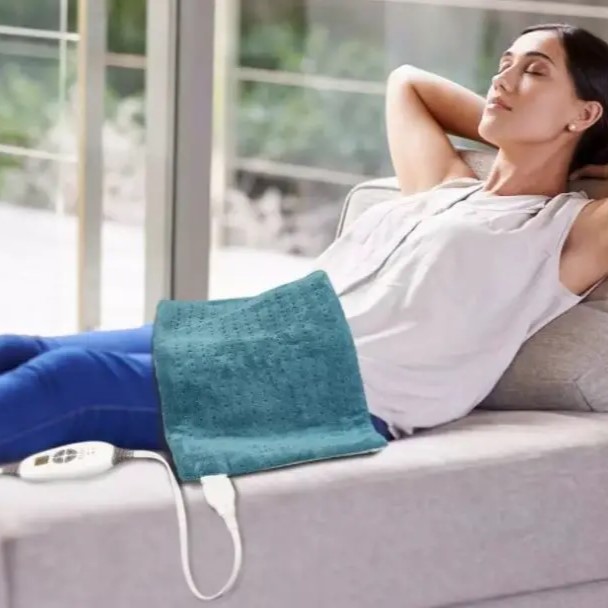 Final Thoughts on Sleep Safety with Heating Pads
Final Thoughts on Sleep Safety with Heating Pads
As we conclude our discussion on the safety of sleeping with heating pads, it’s essential to recap the dangers and preventive measures associated with their use. Sleeping with a heating pad offers undeniable comfort, but the risks often outweigh the benefits, necessitating vigilant attention to safety.
Summarizing Risks and Safety Measures
The primary safety concerns with heating pads include the potential for burns, fire hazards, and overheating. Using a heating pad while asleep makes it difficult to control these risks, as one cannot react swiftly to adjusting temperatures or malfunctions. Heat settings should be managed carefully, and heating pads with auto-shutoff features are recommended to minimize these risks. Ensuring the device is turned off before falling asleep is crucial.
Emphasizing the Importance of Conscious Use
Understanding and respecting the dangers of improper heating pad use are vital for safety. Simple steps such as checking for damage before use, adhering to recommended usage times, and never placing the pad under blankets can significantly enhance safe usage. Conscious and informed application of heating pads ensures both the effectiveness and safety of heat therapy, preserving the benefits while mitigating risks. Always prioritize safety to avoid hazards and ensure a peaceful night’s sleep without complications.
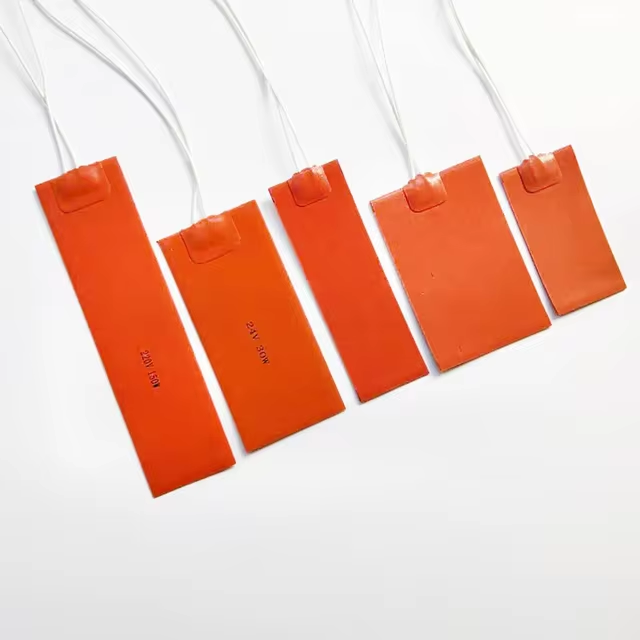
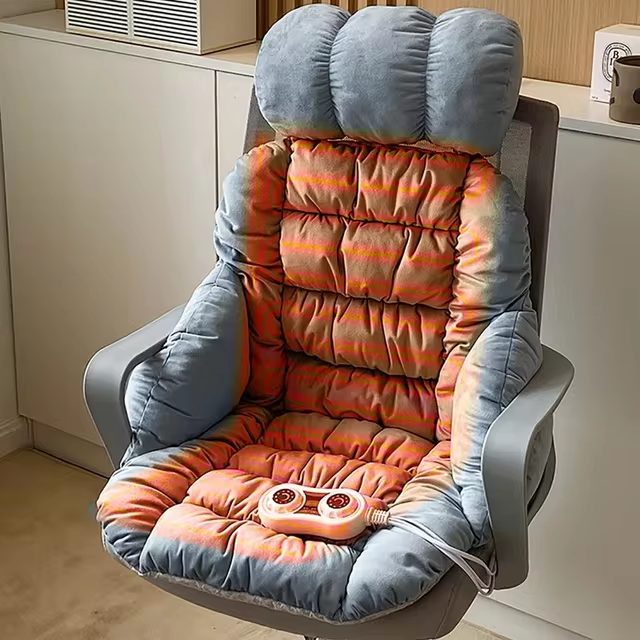
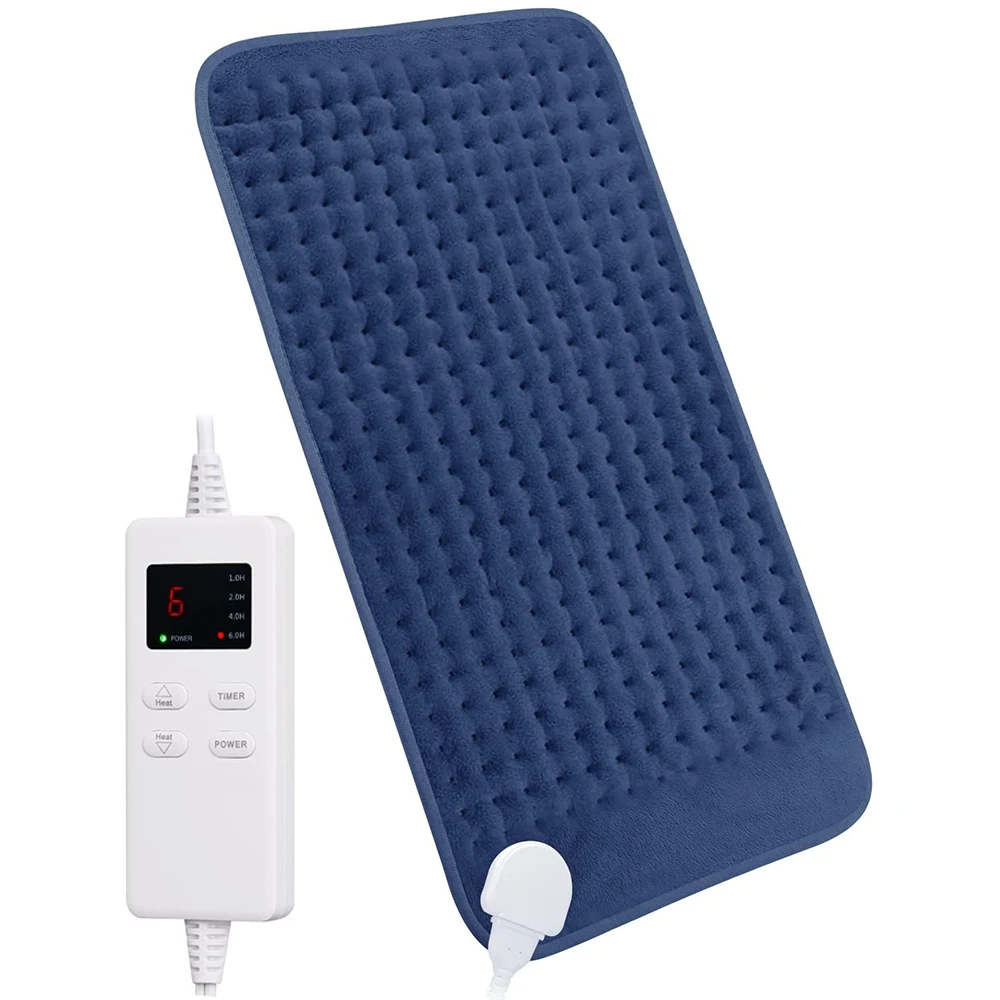


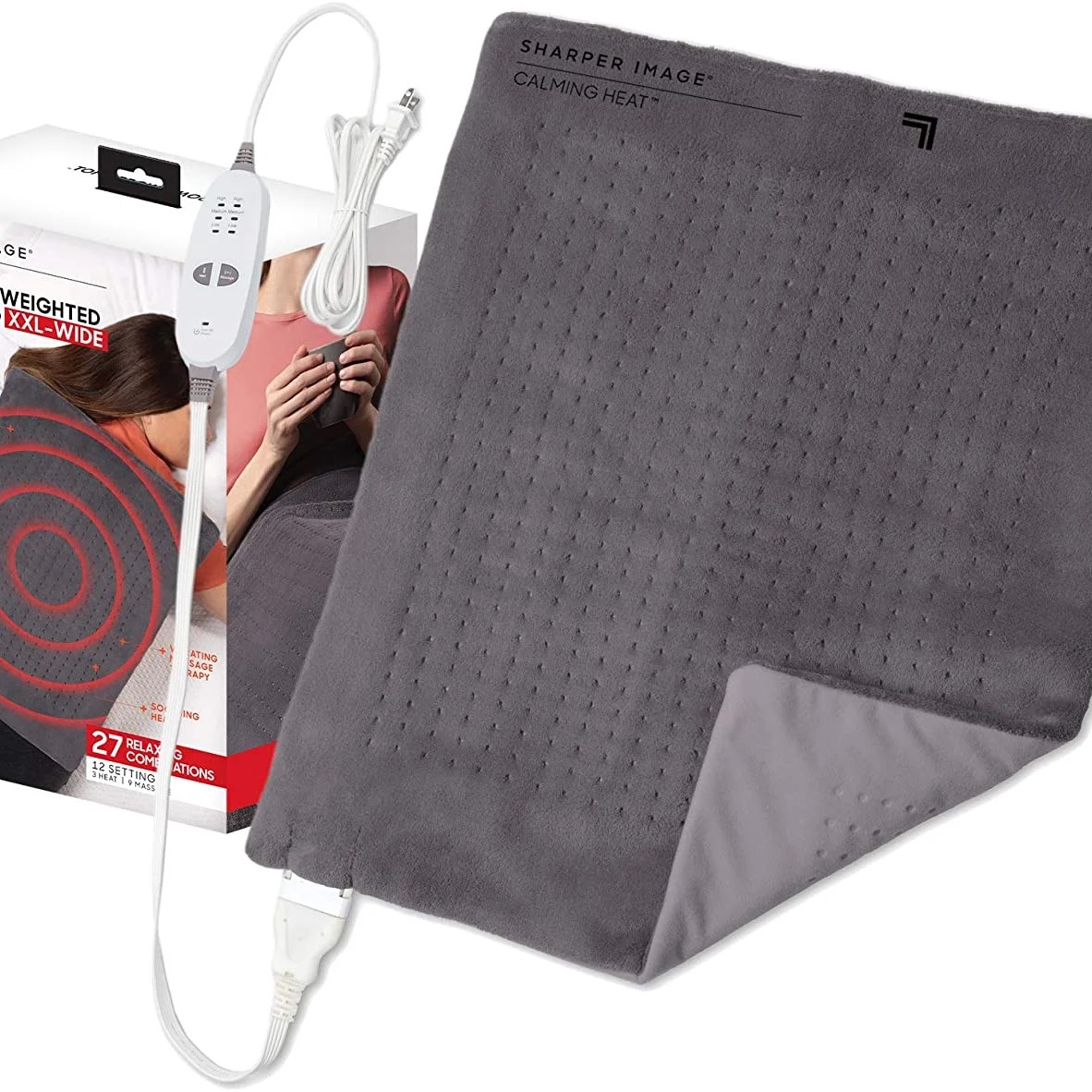


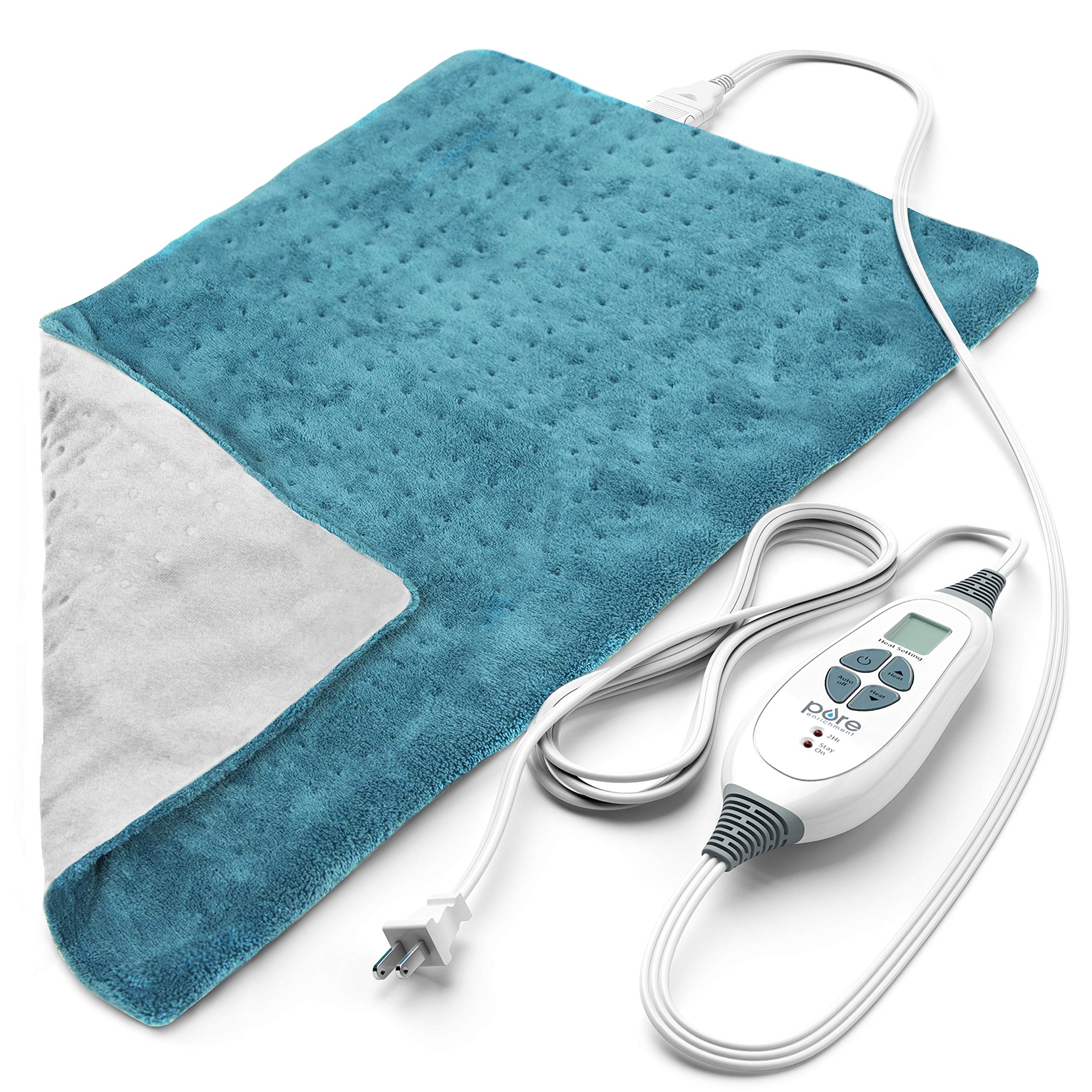 How to Use Your Pure Relief Heating Pad Safely
How to Use Your Pure Relief Heating Pad Safely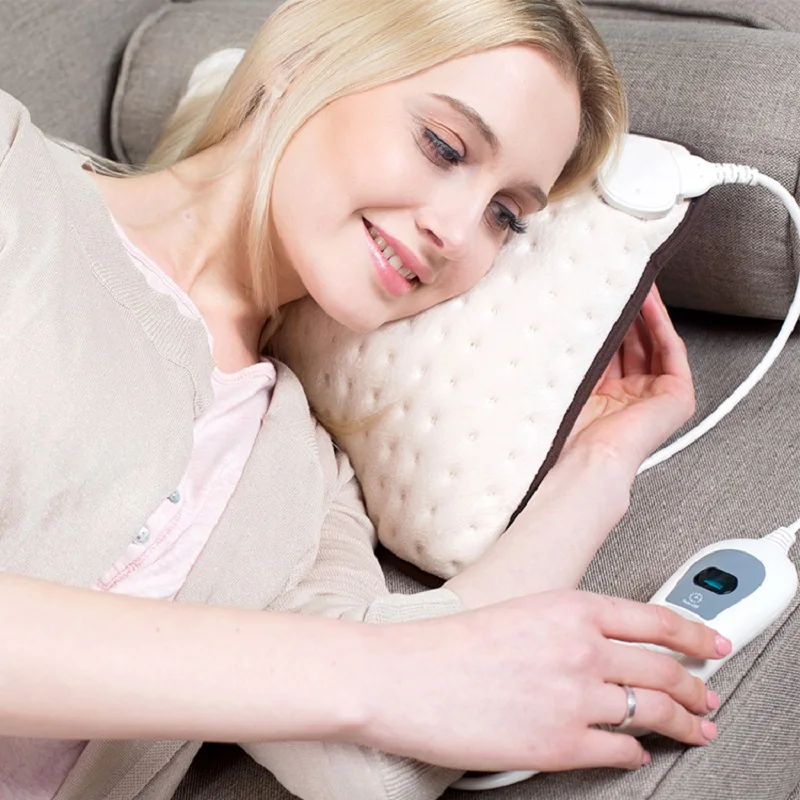
 Security Screening Process for Heating Pads
Security Screening Process for Heating Pads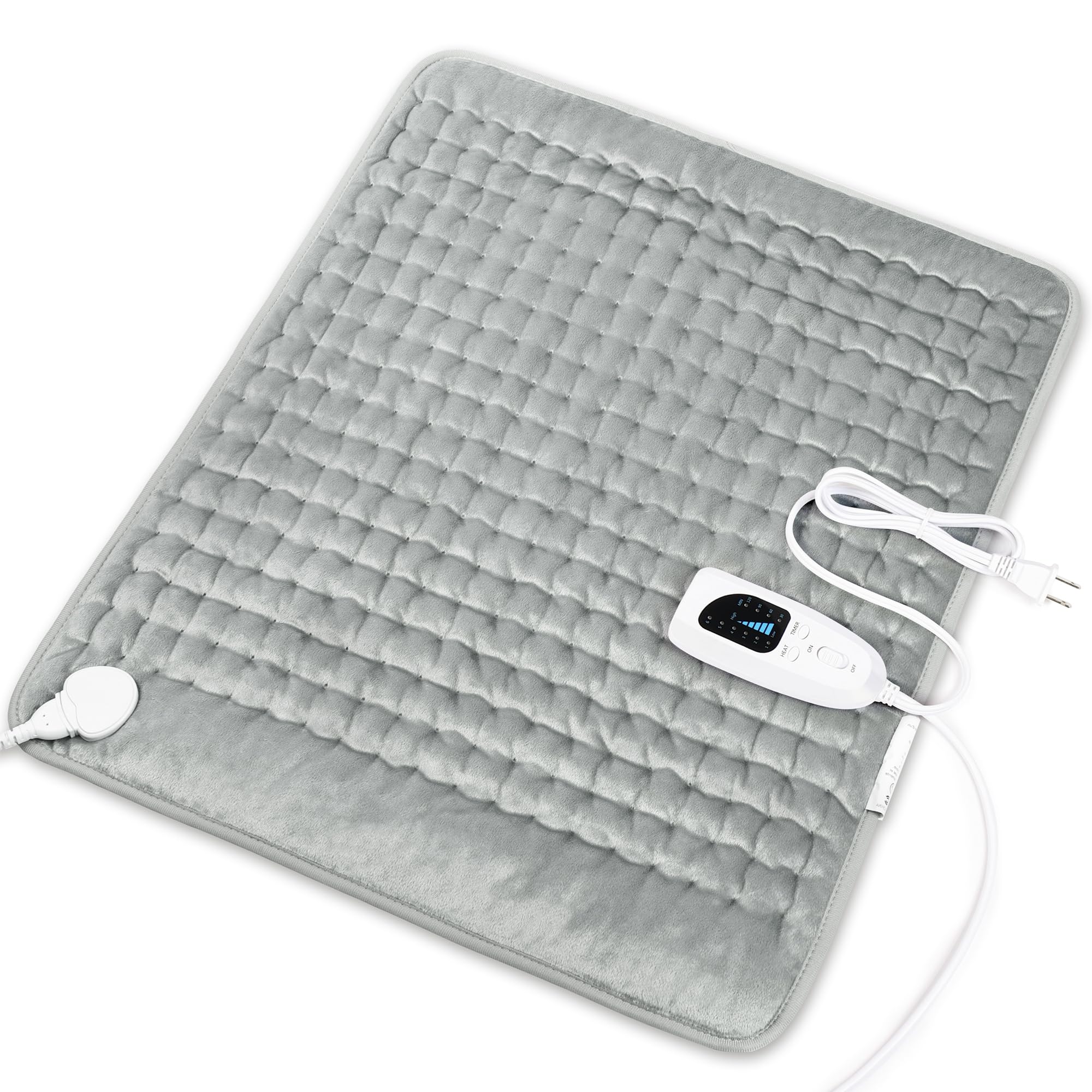 Special Considerations for Medical Travelers
Special Considerations for Medical Travelers